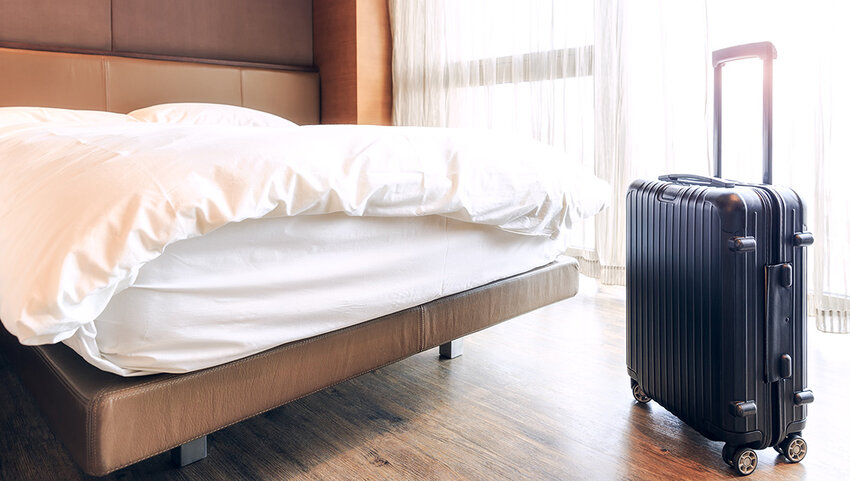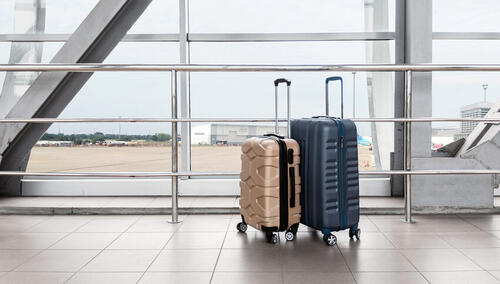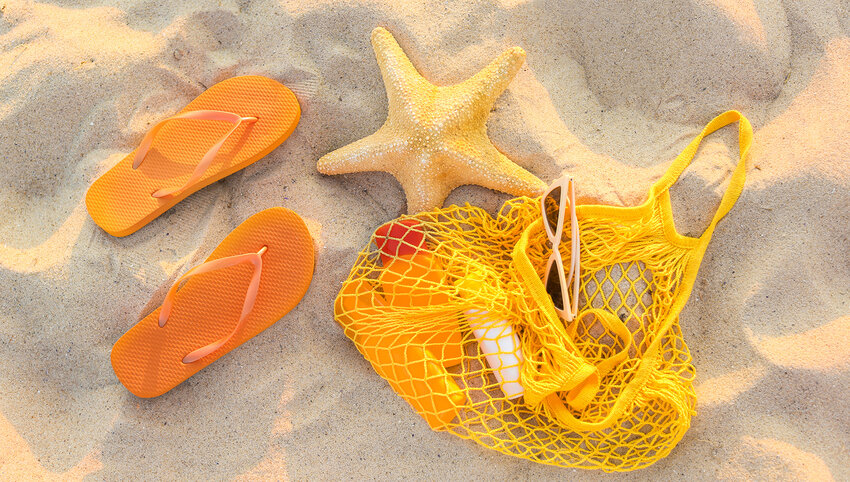Routines go out the window when you're traveling. Both stress and unsociable hours play havoc with your body. And it's hard to fit in your regular workout between museum tours and activities. But you can still eat well even when you're on the road. Here’s how.
Plan Meals and Mealtimes
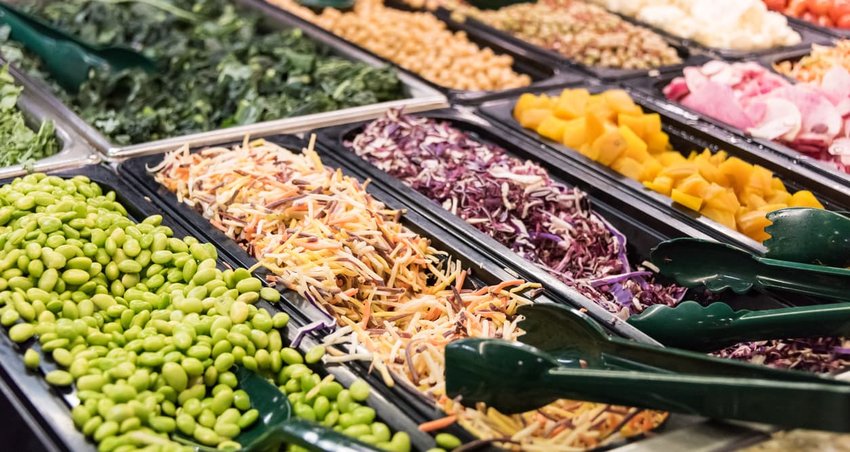
In the rush to catch that early train or late flight, it's easy to overlook food, but if possible, stick to regular mealtimes. Eating late makes it hard for your body to digest food, while skipping meals isn't good for you either. Hotels will usually provide a packed breakfast if you have to check out before they're ready to serve. Alternatively, pop to the supermarket to stock up on bread rolls, sliced meats and cheese, fresh fruit and nuts. They’re portable for a packed lunch, especially if you plan ahead and bring plastic bags from home. If you intend to visit the salad bar, pack a set of cutlery instead of relying on the plastic stuff - it's better for the environment too.
Consider Your Intake on the Plane
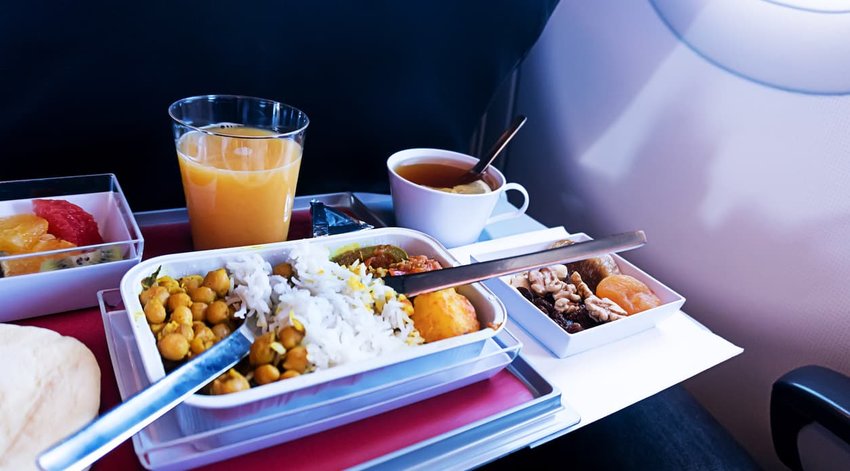
If you're flying long haul, adjust your mealtimes to match your destination while you're on the plane. Don't feel you have to eat the hot meal; if all you need is a snack, opt for the tray instead. You'll feel less bloated by cutting out the quantity in the air and have a much more comfortable flight. If you're on a flight where you'd have to purchase food, pack a healthy wrap or energy bars instead of snacking on sweet or fatty foods. But don't be tempted to bring foods that would be classed as liquids, such as yogurts, as these will be confiscated at security. Consider customs regulations; you might not be able to enter a foreign country with foods purchased elsewhere.
Pace Yourself at Mealtimes
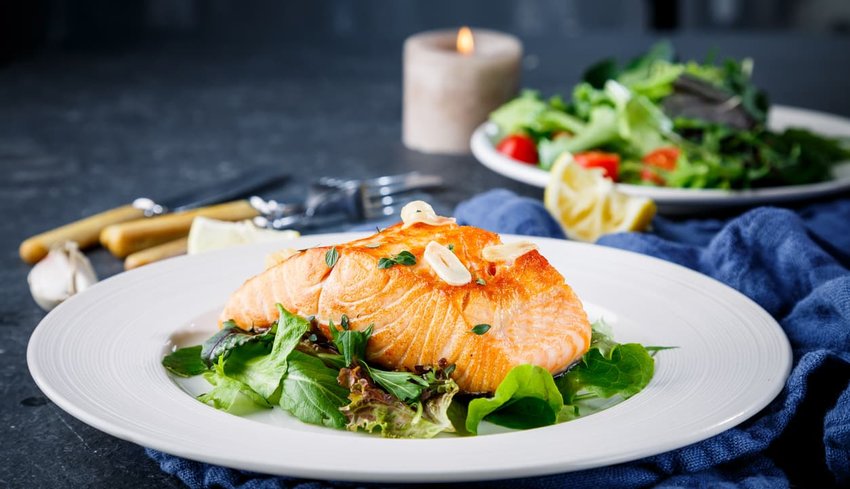
It's all too easy to over-indulge when you're on holiday. With all the new and foreign delicacies, it's tempting to overfill your plate at mealtime. But eating healthy foods doesn't have to be boring. Try the local fruit and vegetables, though in some parts of the world it’s wise to avoid salads and peel fruit to avoid the risk of becoming ill. Opt for grilled fish or chicken, and swap the loaded potato for an extra helping of broccoli. Don't rule the unhealthy stuff out completely - there's nothing wrong with allowing yourself a tasty gelato or a bag of fries every now and then. But avoid the temptation to make a habit of binging on lots of fatty foods. Carry healthy snacks like muesli bars, nuts and fruit; a slow and steady release of energy means you'll be able to sightsee for longer without feeling fatigued.
Make Good Use of the Breakfast Buffet
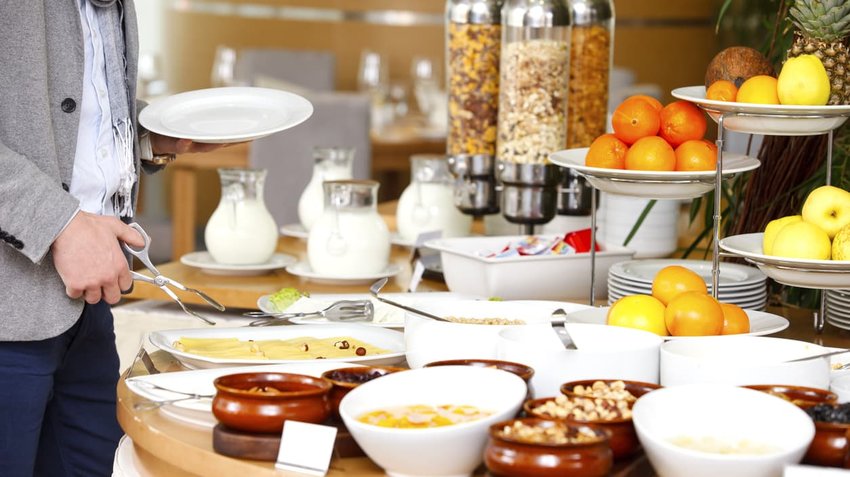
If you're hoping to eat well on a tight budget, choose your accommodation carefully and stay in a hotel with a free breakfast buffet. Eat a large meal including protein-rich eggs and cooked meats, plus fruit and cereal. You'll be too full for lunch and you'll be able to get away with just a snack before dinner. This will be a particular help in Scandinavia where eating out can be pricey. Alternatively, pop into a nearby grocery store and buy the makings of a healthier breakfast, skipping the sugary coffee and pastry you'd buy on the fly.
Book the Fancy Places for Lunch
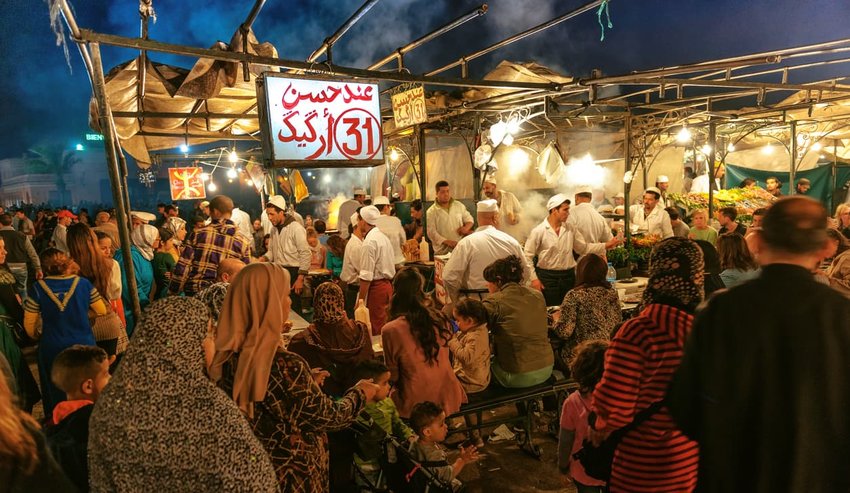
Eating well doesn't have to equate to eating healthily just as traveling on a budget doesn't mean you have to miss out on the top restaurants. Set meals for lunch are always a good bet; ask for the menú del dia in Spain or plat du jour in France. Even lunchtime tasting menus from Michelin-starred chefs work out considerably cheaper than eating at those same places in the evening. Balance the budget by including street food on your itinerary - many cities have night markets where the food's freshly cooked and utterly delicious. Try the Djemaa el Fna in Marrakesh, the beachfront stalls in Zanzibar's Stone Town or Chiang Mai's night market.
Step Outside Your Comfort Zone
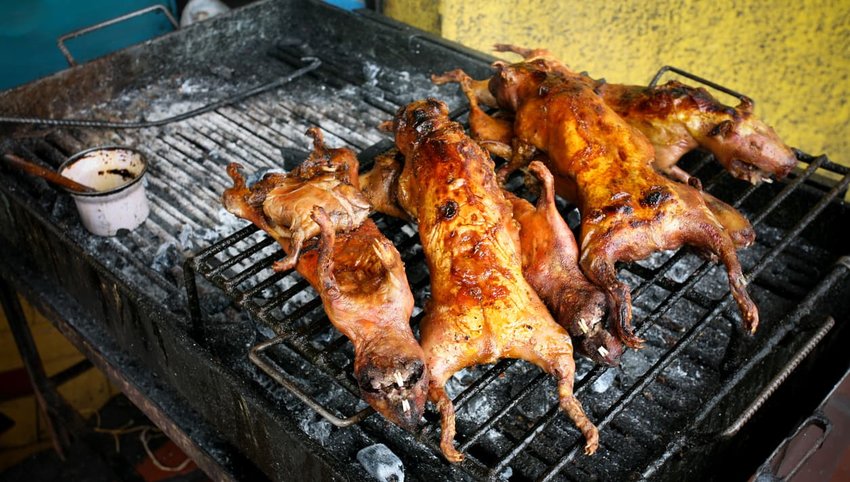
One of the joys of travel is to try new experiences and food's a big part of that. Push yourself to step outside your comfort zone and taste unusual foods for the first time. Try cuy (guinea pig) in Peru, chalupines (fried grasshoppers) in Mexico and hákarl (fermented shark) in Iceland. If that's too extreme, seek out the local dish. Ragu alla Bolognese tastes better in Italy and a lean fillet of kangaroo on the barbie is quintessentially Australian. And if your body protests at its new diet, you don't need to hit the drugstore. Remember fruit and fibre speed a sluggish digestion while plain rice or bananas will help if the opposite's true.

